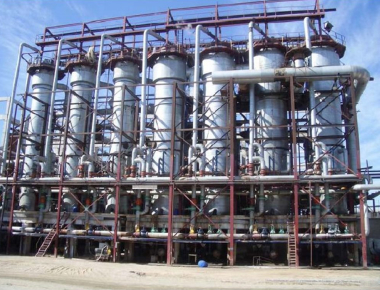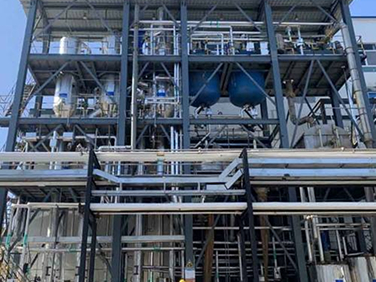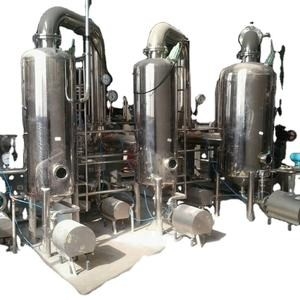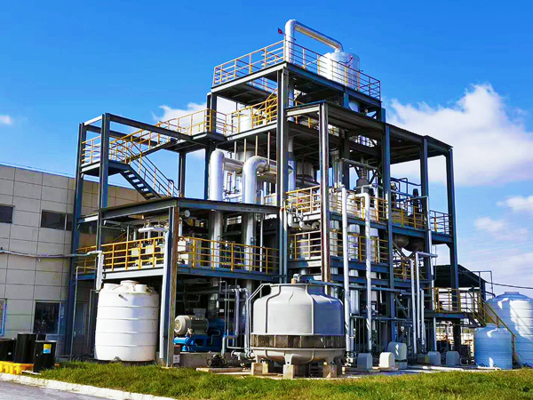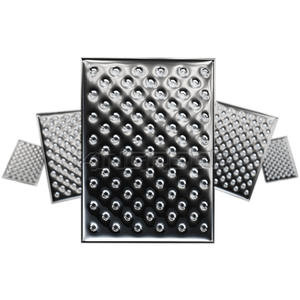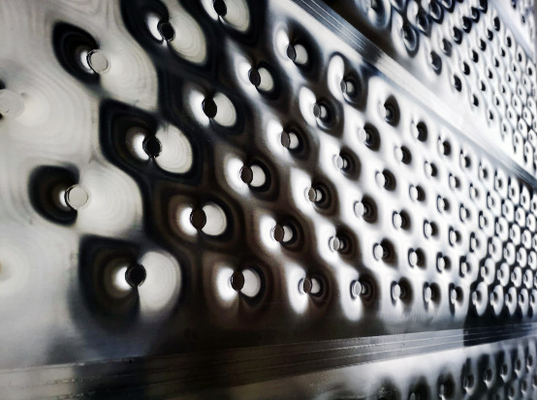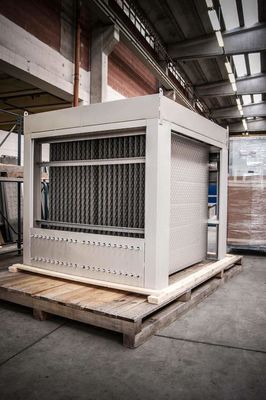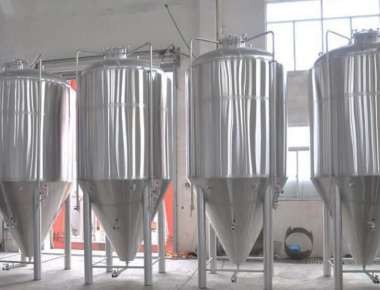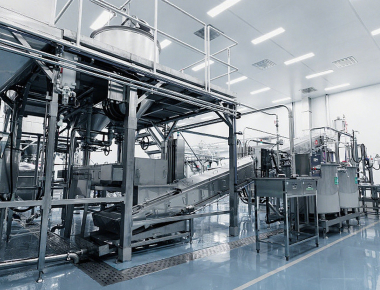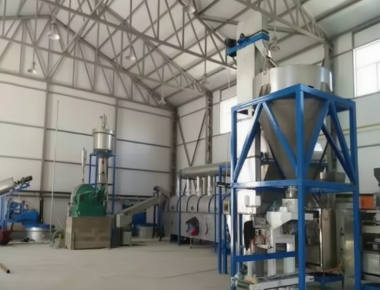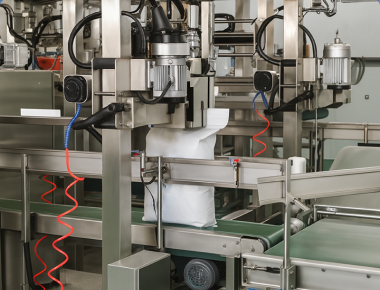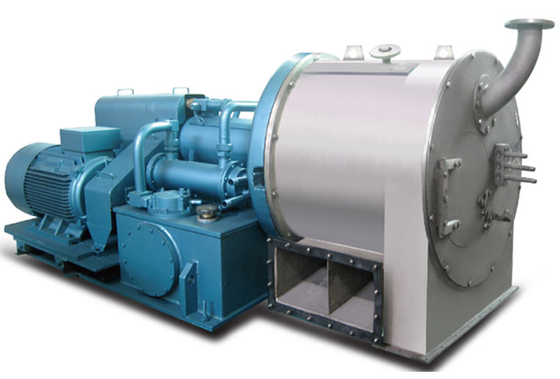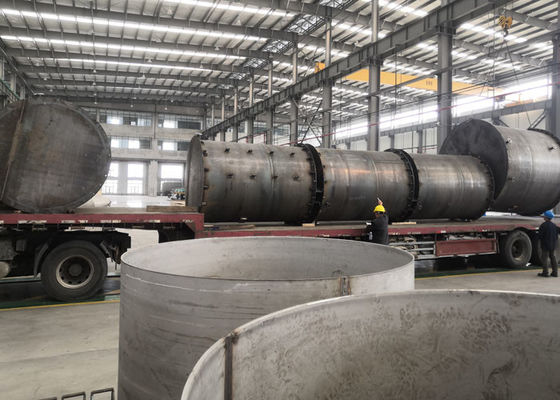Laser Welding Enbossed Pillow Plate MVR Evaporators

Laser-welded embossed pillow plates combined with MVR (Mechanical Vapor Recompression) create a compact, energy-saving evaporator body with wide channels, strong turbulence, and hygienic surfaces. The design supports gentle vacuum evaporation, low ΔT operation, and continuous 24/7 duty for food, chemical, and environmental applications.
Key Benefits
- Energy saving: MVR recycles latent heat; minimal fresh steam after start-up.
- High heat transfer: Embossed pillows promote turbulence and coefficients at low ΔT.
- Fouling tolerance: Wide channels handle particulates/viscosity better than narrow-gap plates.
- Hygienic & serviceable: SS304/SS316L surfaces, drainable geometry, CIP-ready, easy inspection.
- Modular scaling: Add/remove plate banks; upgrade path to TVR/MVR hybrids.
Process & Thermal Economy
Secondary vapor is mechanically compressed to raise saturation temperature and reused as the heating medium. Uniform film distribution over pillow plates under vacuum maintains high heat-transfer coefficients and protects heat-sensitive products, reducing specific energy consumption.
Materials & Construction
Laser-welded SS304/SS316L pillow plates and manifolds (duplex/Ti/Hastelloy optional). Orbital-welded headers, sanitary finishes, slope-to-drain piping, and validated CIP documentation available for food-grade compliance.
Process Overview -- Pillow Plate MVR

- Feed conditioning: screening/filtration, pH trim, antiscalant to limit Ca/Mg/Si scaling.
- Falling-film duty: even wetting across embossed plates; tight ΔT/LMTD control.
- MVR compression: VFD-driven compressor sets discharge pressure for capacity/ΔT control.
- Condensate polishing: filters/RO/AC for reuse or compliant discharge (conductivity/TOC guard).
- Concentrate routing: to crystallizer/centrifuge/dryer or recycle per ZLD/production needs.
Key Components
- Laser-welded embossed pillow plate evaporator stack with distributors/collectors
- MVR mechanical vapor compressor (turbo/Roots) with VFD
- Vapor-liquid separator, surface condenser, vacuum/NCG handling skid
- Preheaters/heat-recovery HX; PLC/HMI/SCADA with historian
- CIP skid; antiscalant dosing; T/P/flow/conductivity/level instrumentation
Performance & Sizing
| Parameter |
Typical Range* |
| Operation |
Continuous, vacuum duty |
| Electric use (MVR) |
~15-40 kWh per ton of water evaporated (duty/CR dependent) |
| Film ΔT |
Low for quality preservation; set via compressor discharge pressure |
| Steam demand |
Very low after start-up (backup/ancillary only) |
| Materials |
SS304 / SS316L standard; duplex/Ti/Hastelloy optional |
*Performance depends on feed chemistry/viscosity, fouling tendency, compression ratio, and plate geometry.
FAQ
Why choose embossed pillow plates?
Embossing increases turbulence and stiffness, improving heat-transfer coefficients and pressure tolerance at low ΔT.
Can the system be expanded later?
Yes--add plate banks or integrate TVR/MVR hybrid modules to increase capacity and reduce specific energy use.
Which stainless grade should we pick?
SS316L is preferred for chlorides/corrosives; SS304 suits benign duties. Duplex/Ti/Hastelloy available per corrosion study.
Application


 Your message must be between 20-3,000 characters!
Your message must be between 20-3,000 characters! Please check your E-mail!
Please check your E-mail!  Your message must be between 20-3,000 characters!
Your message must be between 20-3,000 characters! Please check your E-mail!
Please check your E-mail! 
